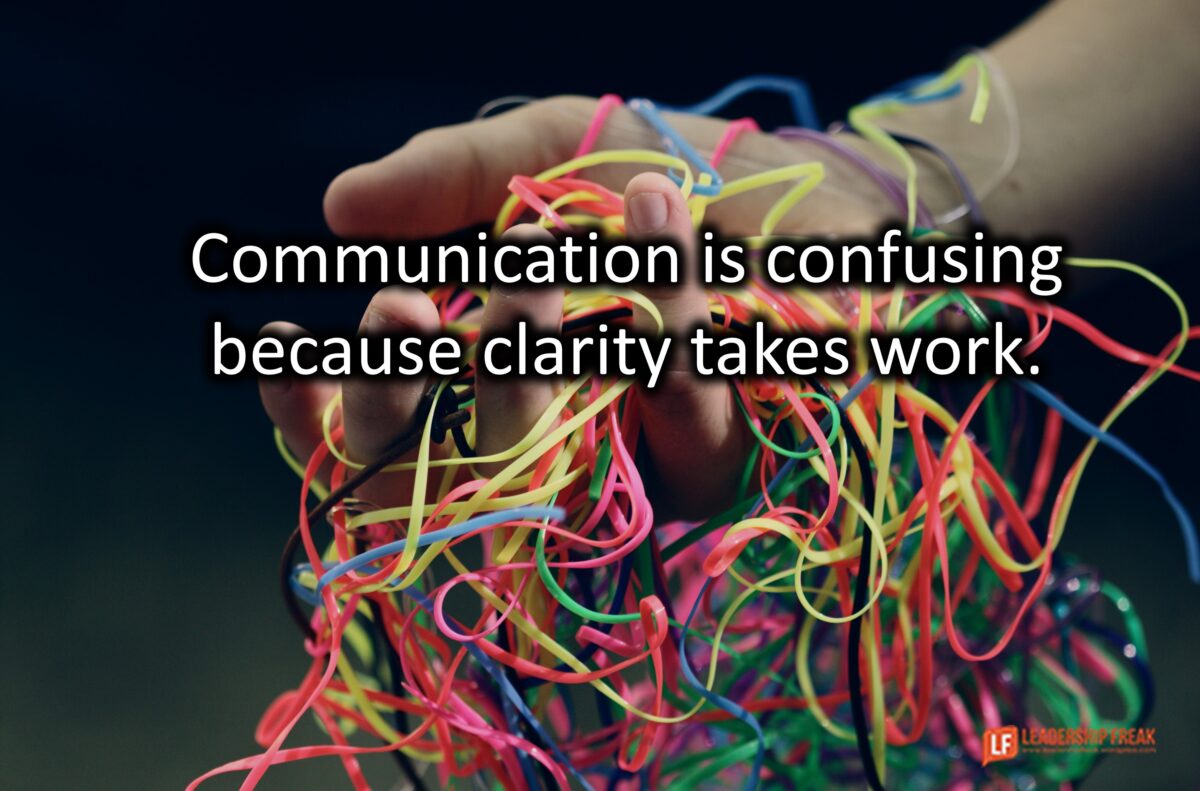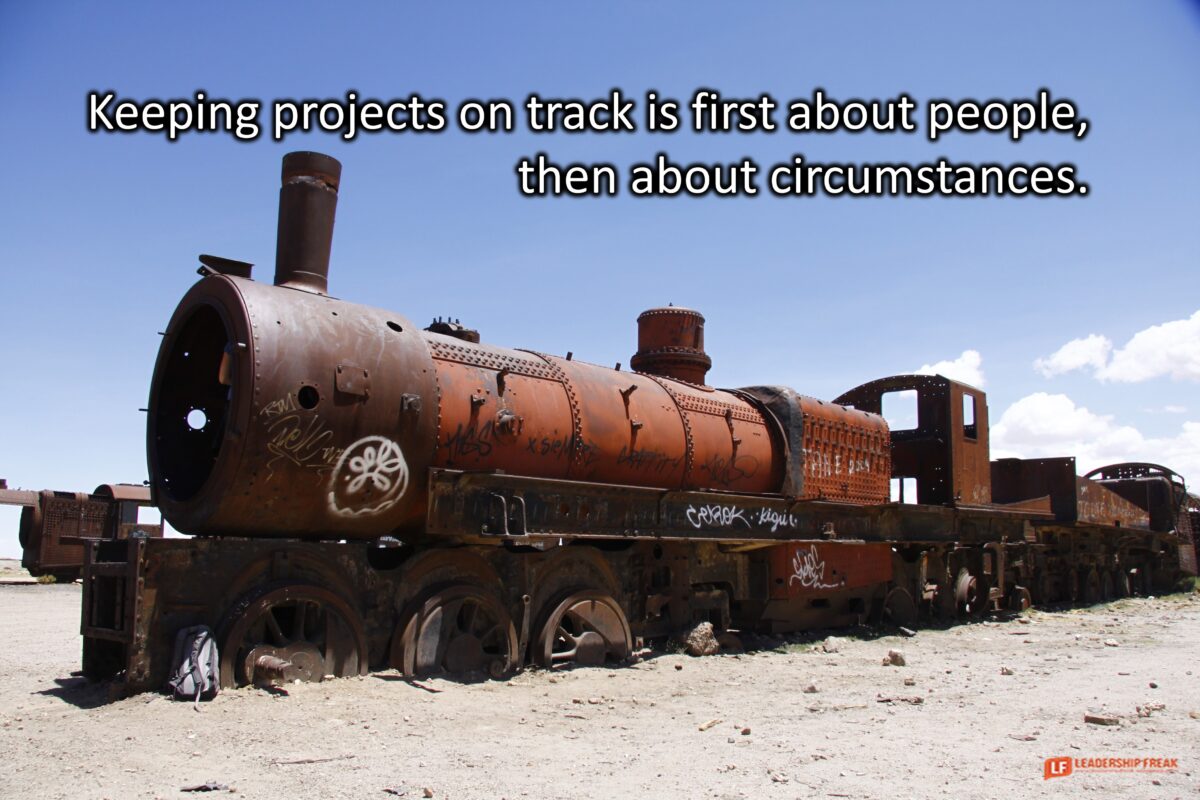4 Steps to Manage a Manager Who Can’t Communicate
You want to succeed but when managers create confusion high-aspiration people pull their hair out. Managers who communicate poorly demotivate talented people.
People want to go all in, but don’t want to waste energy doing the wrong thing.
How to manage a manager who can’t communicate:
#1. Focus on things within your control.
You influence people; you can’t control them. You drive yourself nuts when you try to fix people. And you drive them nuts too.
#2. Use the “I intend to method.”
When your manager tells you something that requires action or decisions, send them a follow-up email that contains 4 things.
- Subject line: Just double checking (or equivalent).
- In a few sentences, explain what you heard. “I heard you saying….”
- Now say, “Based on what I heard you say, I intend to ….” (Briefly describe your next steps and the goal you’re trying to reach. Just a few sentences.)
- Finally ask, “Does this make sense to you?” (You could also ask, “Any suggestions?” Or, “Am I on track?”)
I adapted this from something I learned from a nuclear submarine Captain.
Perhaps your manager will find more clarity and consistency if they see their own message/request in writing.
Another advantage is you create a paper trail that could be helpful if people are being told different things. Be sure to get your manager’s response to your 3-part email.
If your manager doesn’t respond, feel free to send a follow up. “I’m just double checking. Did you see my question about xyz? Am I on the right track?”
Encouragement:
You feel discouraged when managers who can’t communicate hold you back. Keep doing stuff that would make momma proud, even when other folks might not.
What can you do when your manager can’t communicate effectively?
What tips do you have for managers who need to learn effective communication?
Still curious:
Words You Don’t Say But Should
The Do’s and Don’ts of Manager/Employee Communication
Like this:
Like Loading…



























